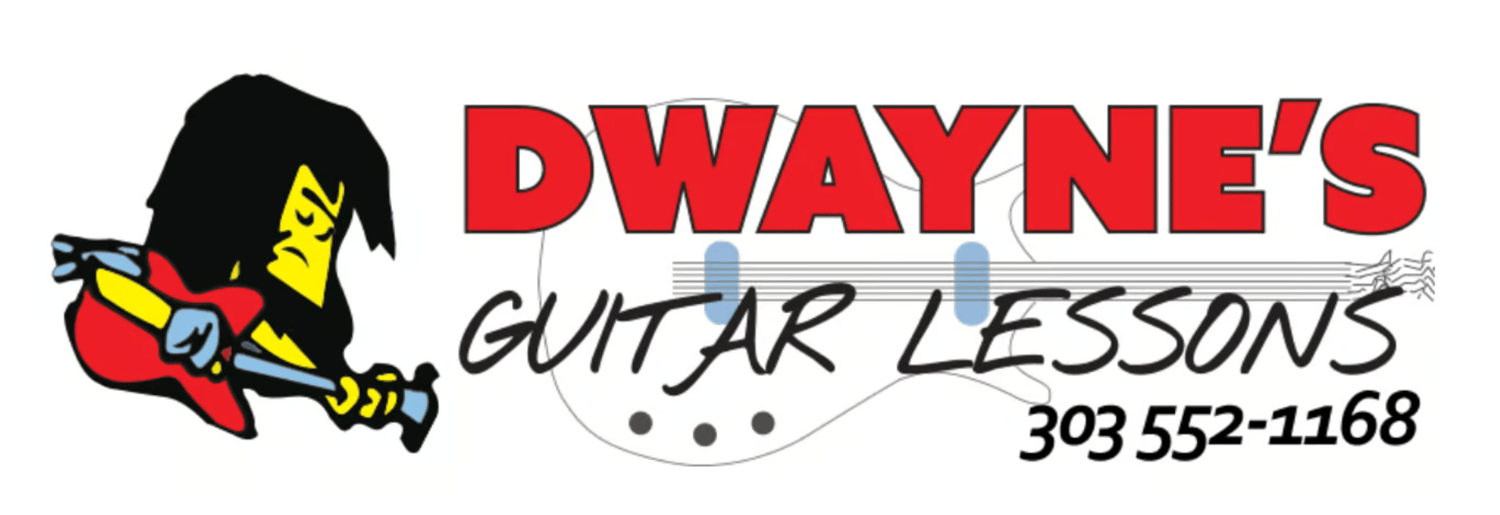Today's lesson will teach us to increase guitar tuning stability by switching out your bridge. Especially if you have a floating tremolo-style bridge.

#1: The purpose of your guitar bridge
Aside from the obvious, attaching the strings to the body of the guitar, the bridge transfers the vibration of the strings to the body of the guitar, so that the pickups underneath the strings can amplify the sound. The bridge also plays a crucial role in determining the action of the playability (string height relative to the pickups) and the intonation (string length), as well as tuning stability.
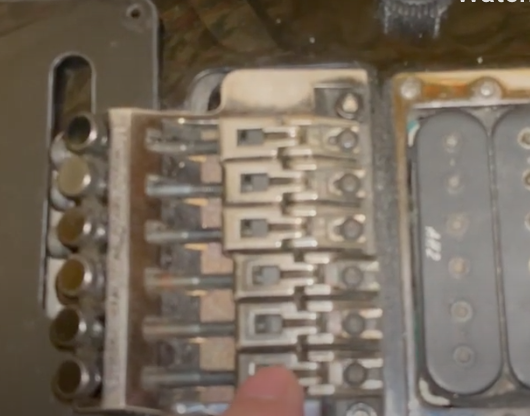
#2: Importance of guitar maintenance
Not many times will you need to switch out a bridge, or tuning keys, or anything else, but they can sometimes improve the guitar's tuning stability and overall performance. Since your guitar works with parts that move a bit, wood, and metal, it's always a good idea to keep it well-maintained. This includes keeping the strings replaced regularly, the body polished, and the metal parts lubricated if needed.
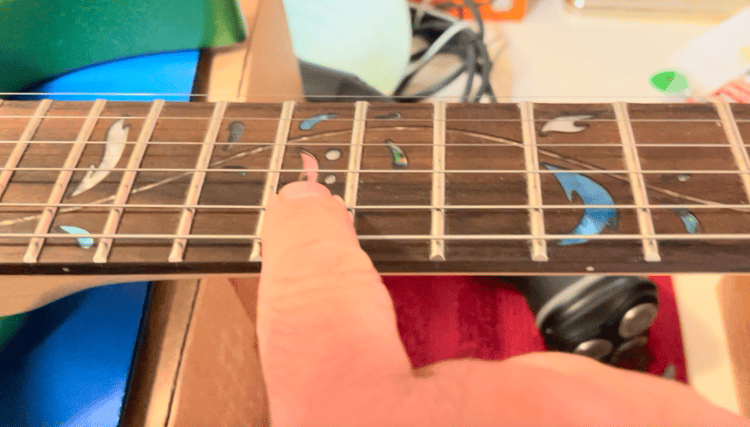
#3: Floating tremolo style of guitar bridge
The most common tremolo-style bridge is the Fender bridge. A tremolo bridge has springs that are underneath that allow the tremolo bar to be used. The springs allow the bridge to come back into place when you use the tremolo arm. This allows for more expression in your guitar playing.
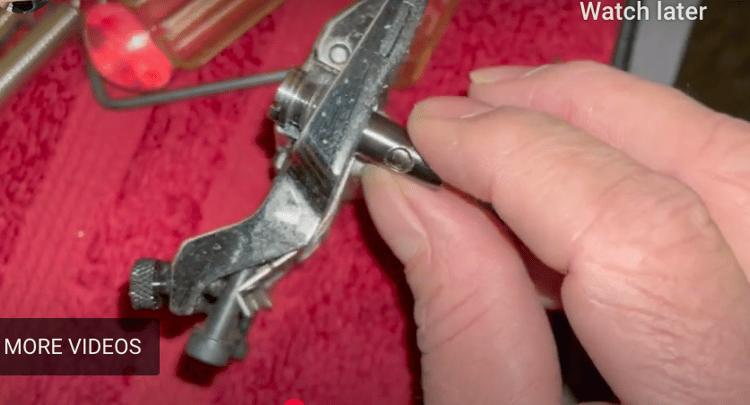
In a regular-style bridge, like with a Gibson-style guitar, there are no springs in the back because there is no need for them. This type of bridge is called a set bridge and has no tremolo bar. The difference between a regular tremolo bridge and a floating tremolo bridge is that the floating tremolo bridge is cut into the body so you can bring the tremolo bar back as well as forward.
Watch the video lesson below
#4: Remove the tremolo springs cover plate
If you're going to replace your tremolo bridge, you want to remove the strings from the top and the backplate on the back that covers the tremolo springs. Once the backplate is removed, you'll see the springs and be able to see what I am talking about.

#5: Purpose of the springs in the back
Once the strings and back plate are removed, you then proceed to the tremolo springs. It is the combination of these and the strings in front that operate the tremolo bridge. The springs pull the bridge back, and the guitar strings in the front pull the bridge forward. This allows you to move the bridge and make some very cool sounds with it.
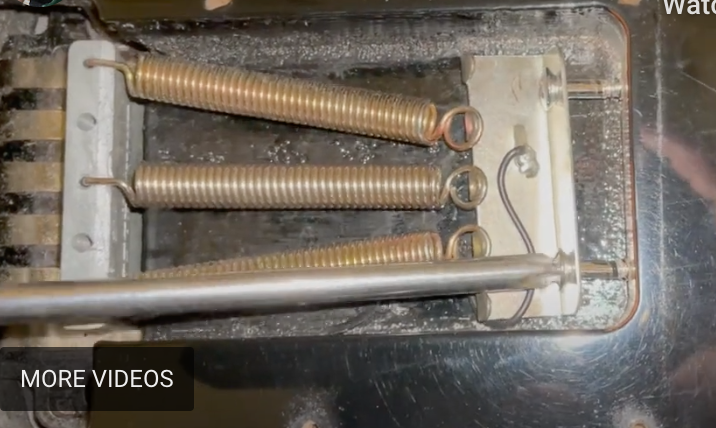
#6: Switch out the bridge
Once the strings are removed, the bridge will pop out. This is usually the case with set bridges as well. You then switch out the bridge and replace the tremolo springs to hold it in place. At this point, it will be flat against the body.
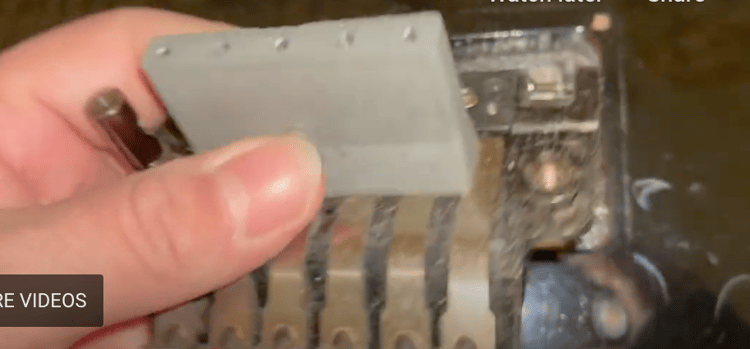
#7: Replace the strings & tune up
When you restring the guitar with new strings and tune up the guitar, it will bring the tremolo bridge forward.. This is what will cause it to function properly. Now, the thing about these types of bridges is that the tension between the springs in back and the strings in front will need to be adjusted.
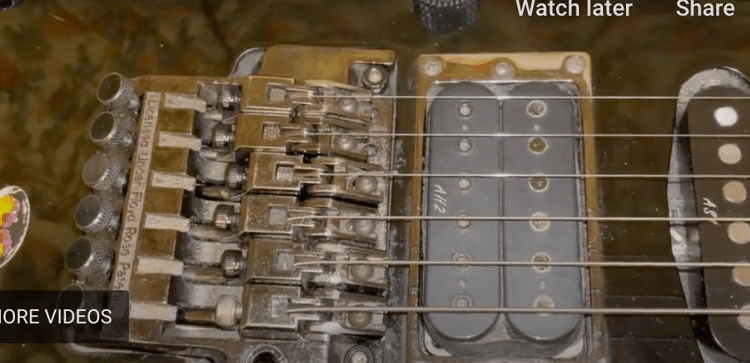
Remember, it is this tension that allows the bridge to function the way it does and stay in tune when using it. So the point the bridge will come back to the proper point of tuning stability is very important to get right. If you need help, I recommend doing some research online or taking it to a professional.
#8: Play the guitar and have fun with it
This kind of replacement will take some time, but can be well worth it if you need better tuning stability. Remember, once you lock down the locking nut or the locking tuners, everything rests on the bridge. More times than not, they don't necessarily need replacing, just adjusting.
And you can do this yourself, or take it to a professional to do. Either way, the right little tweak here and there can make all the difference in the way the guitar performs. So, make sure to keep your guitar well-maintained, and it will perform great when you need it to.
Additional help is available
If you need any help wth your guitar playing, I do offer private guitar instruction. These are customized lessons that cater to the student's interests and skill level. They provide a nice way of getting quick results, a better understanding of musical concepts, and a fun way of learning to play the guitar. If you feel this might help, just contact me at my website, and we'll set up a time to meet online or in person.
Thanks for your time, and I hope you learned something.
Until our next guitar lesson, take care.
Sincerely, Dwayne Jenkins


